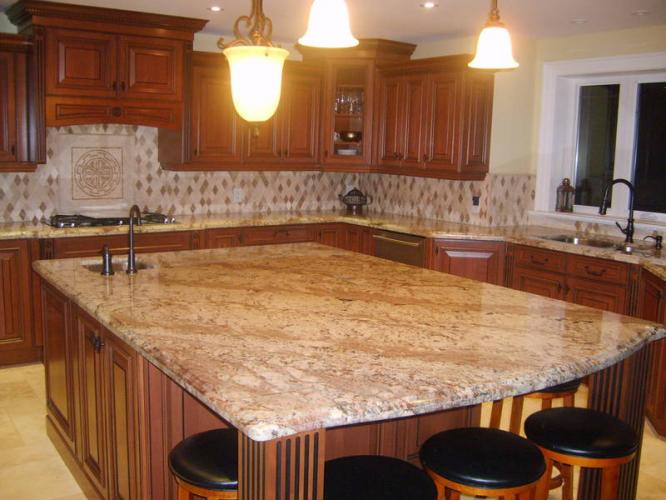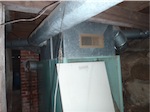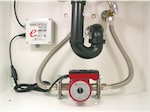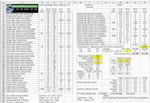There are two basic approaches to planning the layout of a vegetable garden:
This is probably what comes to mind when you think of what to plant in a garden with vegetables: You place plants single file in rows, with a walking path between each row.
Row cropping works best for large vegetable gardens, and it makes it easier to use mechanical equipment such as tillers to battle weeds.
The downside of row cropping is that you don't get as many vegetables in a small space, as much of the soil is used for footpaths rather than vegetable plants.
Row cropping isn't as visually interesting, either.
Here's a hint: Allow at least 18 inches between your rows so you have plenty of room to work between them. And as you sketch out your plan, place taller vegetables at the north side of the garden. This includes naturally tall plants -- like tomatoes -- and plants that can be grown on vertical supports -- including snap peas, cucumbers, and pole beans.
- Home
- Blog
- Forum
- Green Home Topics

- »Healthy Home
- »Water Conservation
- »Energy Efficiency
- »Materials & Products
- »Resources
- Videos
- »From the Experts
- Remodeling with Passive House Approach
- How to Choose an Advanced Water Heater
- Choosing A Whole-House Ventilation System
- Selecting High Performance Windows
- Toward Zero Energy at Home - A Personal Example
- Remodel to Passive House Standards
- An Introduction to Ecological Landscaping
- Weingarten House at San Benancio - Energy
- A Deep Energy Retrofit Project
- Directory
- Events/News

- Shop
- About Us





